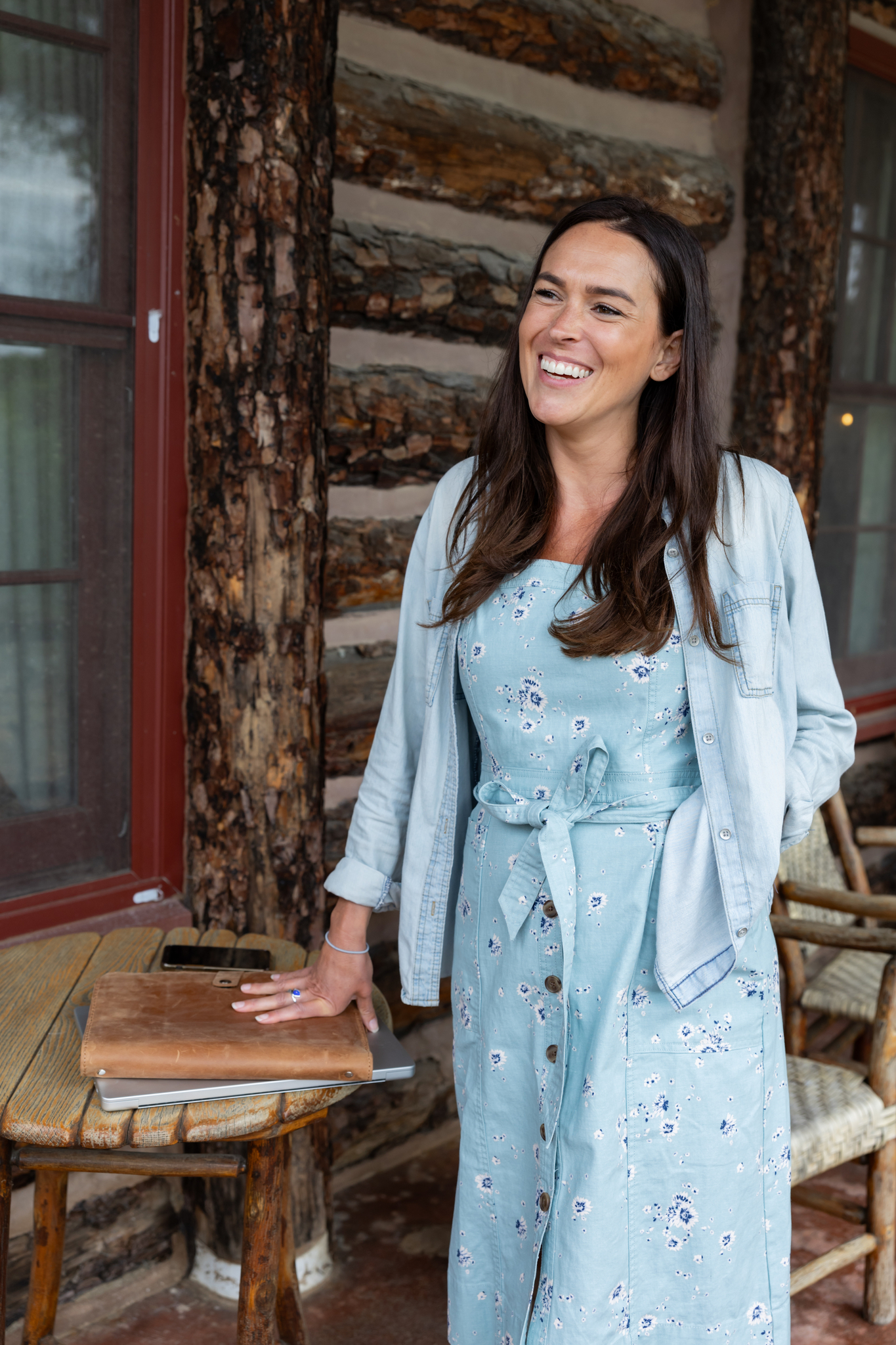- Meaning-seeking. Our kids have to have a value on purpose. If we’re not including “why” in their life and helping them get clear on their purpose, it is impossible for them to take action, and then they are at the whim of whatever the world throws at them. Our little ones are always asking “why”, because we’re driven to know why, it is a primal driver. But what do we do? We shut it down.
- Emotional. We are emotional creatures, we’re the most emotional creatures on earth. What do we do? We shut emotion down, we don’t have access to our emotions. And whenever our kids are emotional, we’re almost put off by it. But the reality is, emotions are nothing more than the body receiving a demand signal from the brain to take action on a stimulus. So, we have to understand that emotions are part of the ride and we need to learn how to manage them.
- Social. This pandemic has done more damage to children in terms of prolonged isolation, then we will probably know for the next decade. We are wired to be social, we have to connect. Children figure out how to navigate the world in the presence of other children. If they’re isolated, they lose that regulation capability and there are profound impacts. So, we have to fight for ways to keep our children connected. We need to understand that damage has been done and it’s going to manifest as emotion.
- Storytelling. We’re story animals. As parents, we need to use stories in real time moments, when the stakes are high, to help our kids make sense of the world. All brains make sense of the world through story. The brain navigates the world using narrative, using metaphor and matching patterns. As parents, we need to use stories wherever possible and ask our kids to tell us stories.
- Struggle. Our struggle is part of our life. Our kids are going through a struggle right now and we need to help them see struggle, not as something that’s taking them off track, but as a biological necessity. Our greatest gifts and connections come from struggle. Struggle is just part of the journey and the real essence of life is forged in struggle.
- Diaphragmatic breathing. The first thing you should always ask yourself out loud in a high stakes moment is: Am I breathing right now? Because you’re probably not. When we get amped up, we hold our breath, it’s an autonomic response. We don’t mean to do it, but we start to limit our breath and in response, we start to freak out. So, the first thing we have to do is a conscious question: Am I breathing?; then exhale and squeeze your belly into your spine, and inhale through your nose into a belly expansion (not your shoulders). Repeat this three to five times
- Bring yourself to the present. Once you’re doing the breath, notice your feet on the floor. Just notice your feet, feel your feet on the floor. Next, notice the temperature in the room, and lastly, find three new things in the room.
- Meaning. As the leader, have you conveyed to your team, what your purpose is two years into this pandemic? Have you re-evaluated your “why”? Do they know why you do what you do? We all operate off purpose, so purpose should be at the forefront of everything we do.
- Emotion. Most leaders today have zero emotional access. They don’t have access to their own emotions. So, when they get in front of their people, they bury all that stuff and they just look robotic. They look transactional, and they’re not relatable.
- Social connection. Are you emphasizing connection in everything that you do? Normally what leaders do is they roll in, they throw up the PowerPoint deck and they go right to it, and they make no connection with anybody in the room. As humans, if we don’t feel connected to you right out of the gate, we’re not listening to a word you’re saying.
- Story. Leaders can’t tell their own story and they can’t tell the story of their business. The brain is a metaphorical pattern-matching organ, it makes sense of the world through story. And if you don’t tell them a story, they’re going to make up their own. And they’re going to get it wrong. And they’re going to be a little agitated that they had to do that out of your 78 slide PowerPoint deck.
- Struggle. As leaders, one of the most generous things we can do is repurpose our struggle in the service of others through our own story of struggle. Because when we do that, we do become relatable. We help the other party transport into our narrative, and they can process their own life through our struggle. Leaders should embrace struggle more as the key ingredient in our journey of life, because that’s what makes us all connected.
- Rooftop Leadership
- Rooftop University
- Did this episode resonate with you? Help spread the message by grabbing your phone to rate and leave a review for the show here!
- Connect with me on Instagram!



